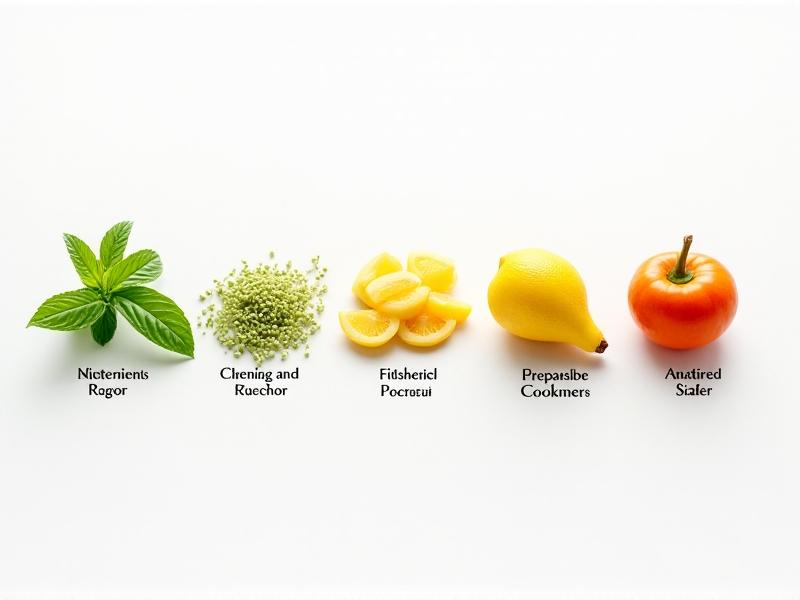FDA Acidified Food Regulations Breakdown
Understanding the FDA Acidified Food Regulations
The FDA Acidified Food Regulations are a set of guidelines designed to ensure the safety and quality of acidified foods. These regulations are crucial for manufacturers who produce products like pickles, sauces, and canned vegetables. The primary goal is to prevent the growth of harmful bacteria, such as Clostridium botulinum, which can thrive in low-acid environments. By understanding these regulations, manufacturers can ensure their products are safe for consumption and comply with federal standards.

Key Components of the FDA Acidified Food Regulations
The FDA Acidified Food Regulations encompass several key components that manufacturers must adhere to. These include the requirement for a scheduled process, which outlines the specific steps and conditions necessary to ensure the safety of the product. Additionally, manufacturers must maintain detailed records of their processes and conduct regular testing to verify the effectiveness of their methods. Understanding these components is essential for compliance and for maintaining the integrity of the food supply chain.

The Importance of pH Control in Acidified Foods
pH control is a critical aspect of the FDA Acidified Food Regulations. The pH level of a food product determines its acidity, which in turn affects its safety and shelf life. Foods with a pH of 4.6 or lower are considered acidified and are less likely to support the growth of harmful bacteria. Manufacturers must carefully monitor and control the pH of their products to ensure they meet regulatory standards and are safe for consumers. This involves using precise measurement tools and techniques to maintain consistency and accuracy.

Record-Keeping and Documentation Requirements
Record-keeping is a fundamental requirement of the FDA Acidified Food Regulations. Manufacturers must maintain comprehensive documentation of their processes, including details of the scheduled process, pH measurements, and testing results. These records must be kept for a specified period and be readily available for inspection by regulatory authorities. Proper documentation not only ensures compliance but also provides a valuable resource for troubleshooting and improving processes. It is essential for manufacturers to establish robust record-keeping practices to meet these regulatory demands.
Testing and Verification Procedures
Testing and verification are integral to the FDA Acidified Food Regulations. Manufacturers must conduct regular testing to ensure their products meet safety standards and that their processes are effective. This includes microbiological testing to detect the presence of harmful bacteria and physical testing to verify the integrity of packaging. Verification procedures also involve reviewing records and processes to identify any potential issues and make necessary adjustments. By implementing rigorous testing and verification protocols, manufacturers can ensure the safety and quality of their products.
Common Challenges in Compliance
Compliance with the FDA Acidified Food Regulations can present several challenges for manufacturers. These include maintaining consistent pH levels, ensuring accurate record-keeping, and staying updated with regulatory changes. Additionally, manufacturers must invest in the necessary equipment and training to meet these standards. Overcoming these challenges requires a proactive approach, including regular staff training, process optimization, and staying informed about industry best practices. By addressing these challenges head-on, manufacturers can ensure compliance and maintain the safety of their products.
Future Trends in Acidified Food Regulations
The landscape of acidified food regulations is continually evolving, with new trends and developments shaping the industry. These include advancements in food safety technology, increased emphasis on traceability, and greater scrutiny of labeling practices. Manufacturers must stay abreast of these trends to remain compliant and competitive. Additionally, there is a growing focus on sustainability and reducing the environmental impact of food production. By embracing these future trends, manufacturers can not only meet regulatory requirements but also contribute to a safer and more sustainable food system.








